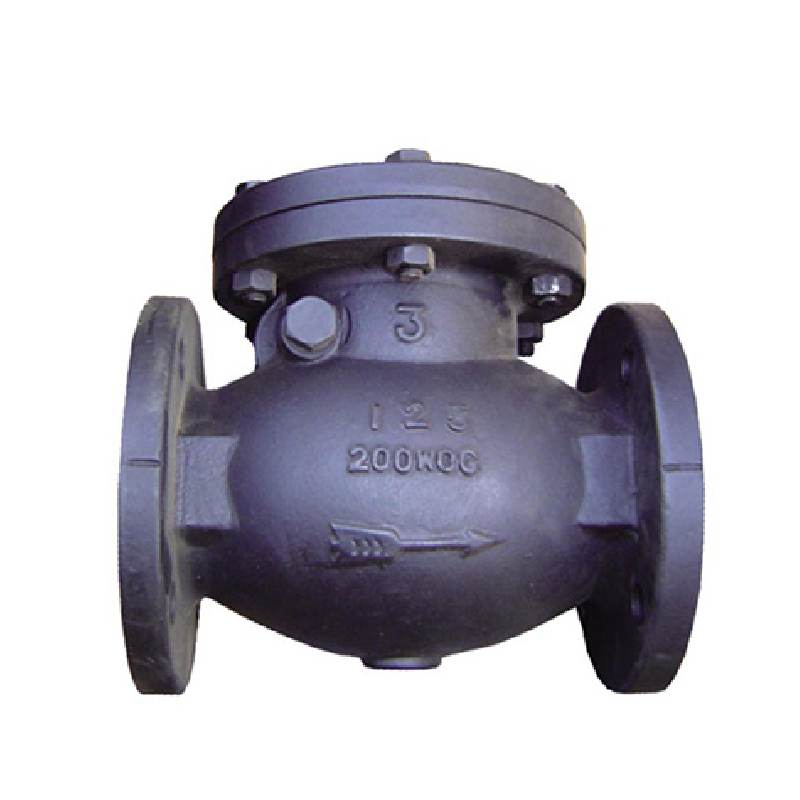Dec . 13, 2024 08:05 Back to list
Understanding the Function and Importance of Foot Valves in Fluid Systems
Understanding the Foot Valve Function, Design, and Applications
A foot valve is an essential component in a variety of pumps, particularly in water pumping systems. It plays a crucial role in ensuring a continuous flow of water, making it indispensable in many industrial, agricultural, and residential applications. This article will delve into the function, design, advantages, and practical implications of foot valves.
What is a Foot Valve?
A foot valve is a type of check valve that is installed at the bottom of a suction pipe in pumps. Its primary function is to prevent backflow of water when the pump is turned off. By maintaining a water column in the suction line, foot valves ensure that the pump can prime correctly and resume its function without delays or complications. They are especially common in deep well pumping systems, where the pump needs to draw water from significant depths.
Function and Operation
The foot valve operates using a simple mechanism. It consists of a strainer and a check valve. The strainer prevents debris from entering the pump, while the check valve allows water to flow into the pump but prevents it from flowing back. When the pump is operating and drawing water, the pressure in the suction line opens the check valve, allowing water to flow through. When the pump shuts off, the valve closes, preventing any reverse flow.
One of the key aspects of a foot valve is its ability to maintain the prime. The term priming refers to filling the pump with water to initiate the pumping process. Without a proper foot valve, the pump can lose its prime due to backflow, requiring manual intervention to refill the pump before it can operate again.
Design Considerations
Foot valves come in various designs and materials to suit different applications. Common materials include plastic, brass, and stainless steel, each chosen based on factors such as corrosion resistance, strength, and cost-effectiveness. The size and configuration of the foot valve are also critical, as they must match the diameter of the suction pipe to ensure optimal flow and efficiency.
A well-designed foot valve minimizes the risk of clogging and maximizes water flow
. Many modern foot valves incorporate features such as larger strainer holes to accommodate sediment and debris, ensuring reliable operation even in less-than-ideal water conditions.Advantages of Using Foot Valves
foot valve

The use of foot valves in pumping systems offers several advantages
1. Prevent Backflow Foot valves effectively stop the reverse flow of water, protecting the pump and ensuring system efficiency.
2. Maintain Prime By preventing the loss of prime, foot valves reduce downtime and the need for manual priming, saving time and labor costs.
3. Protect Equipment The strainer in a foot valve protects the pump from larger particles, which can cause wear and tear or lead to pump failure.
4. Versatility Foot valves can be used in various applications, including irrigation systems, sewage disposal, swimming pools, and industrial processes.
5. Cost-Effectiveness Investing in a quality foot valve can lead to long-term savings by reducing maintenance costs associated with pump failures.
Applications
Foot valves are widely used across different sectors. In agriculture, they facilitate irrigation by ensuring a steady water supply from wells. In residential areas, they are vital components of sump pumps, ensuring homes remain dry. Industrial applications often require foot valves to manage water supply in processes ranging from cooling systems to chemical treatments.
Conclusion
In summary, foot valves are integral to the functionality and reliability of various pumping systems. Their ability to prevent backflow, maintain prime, and protect equipment positions them as critical components in many applications. Whether for residential use, agricultural irrigation, or industrial processes, understanding and utilizing foot valves can lead to improved efficiency and reduced operational costs. Investing in quality foot valves tailored to specific needs can significantly enhance system performance, ensuring a steady flow of water when needed most.
Share